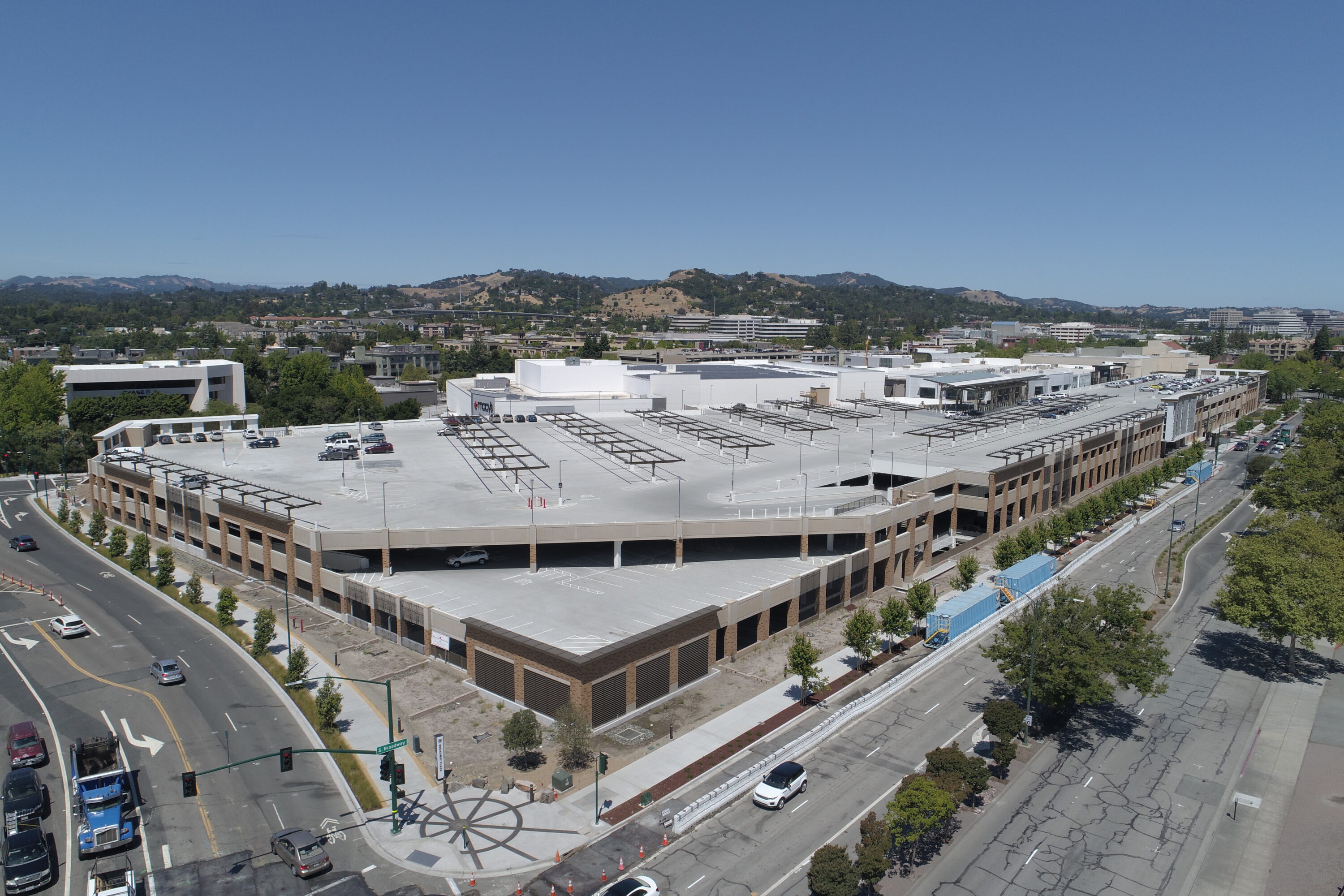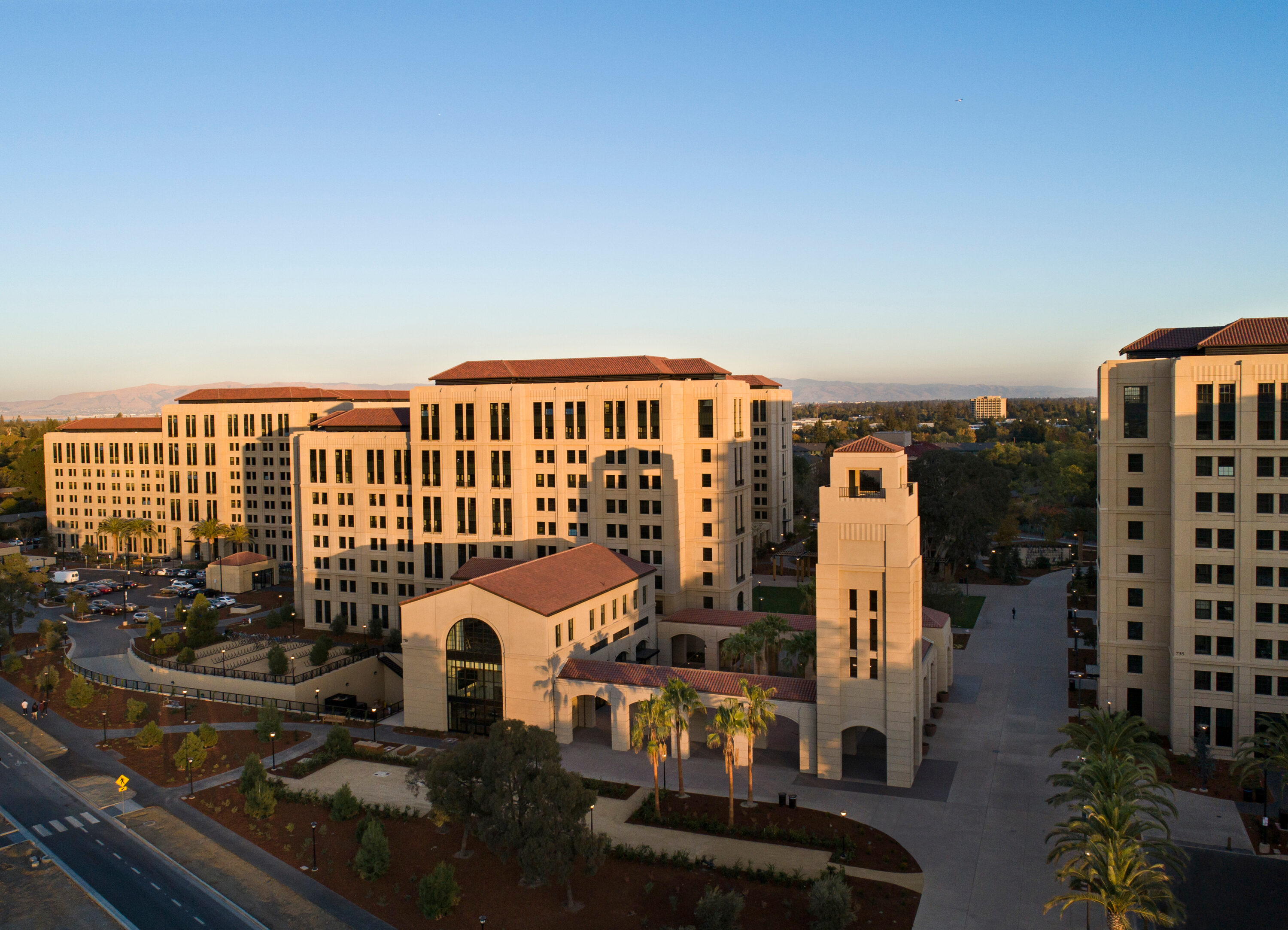In construction today, efficiency is no longer optional—it’s essential. As project demands grow more complex, integrating scope along with prefabrication is changing the game. At Clark Pacific, we take a fully integrated approach that goes beyond coordinating our teams. We also integrate the systems and scopes that make up a building—delivering components that do more, install faster, and perform better.
By uniting design, engineering, manufacturing, and installation into one seamless process, and by embedding multiple systems into a single prefabricated solution, we help project teams reduce risk, streamline schedules, and gain greater control across the board.
What We Mean by Integrated Prefabrication
Integration starts with how we work: our design, engineering, and manufacturing teams collaborate from day one, providing unified expertise and a single point of accountability. But just as importantly, we integrate building systems—combining multiple scopes into one prefabricated solution that simplifies construction and maximizes value.
Infinite Facade™, for example: what was once a single architectural panel has evolved into a multi-scope envelope solution with windows, insulation, weather barrier, connections, and more—all manufactured as one unit in the factory. Similarly, for mission-critical facilities like data centers, we manufacture both structural systems and mechanical platforms complete with coordinated utility connections.
“Scope integration isn’t just about efficiency—it’s about designing smarter components that delivers a fully coordinated system on day one.”
Jon Mohle, Director of Innovation for Clark Pacific
Why Scope Integration Matters
When prefabricated components are designed to include multiple systems—structure, envelope, MEP pathways, etc.—project teams gain several key benefits:
- Shorter Schedules: While foundations are poured on-site, integrated systems are being manufactured and assembled offsite, accelerating the critical path.
- Improved Quality and Consistency: Factory-controlled environments ensure consistent installation of windows, waterproofing, insulation, and testing before being transported to the jobsite.
- Simplified Coordination: Fewer trades are needed on site when scopes are combined in the factory. That means fewer conflicts, less rework, and faster rough-in.
- Cost Certainty: Standardized components and reduced field labor lead to more predictable budgets and better long-term performance.
Scope Integration in Action: Escondido Graduate Housing
The Stanford Escondido Graduate Housing project demonstrates the full potential of scope of integration offsite. This large-scale development included 1.8 million square feet of student housing. With aggressive schedule targets and limited site access, the project team relied on Clark Pacific’s integrated structural and façade systems to gain speed and control.
The structural scope included prefabricated concrete columns, beams, floor planks with utility embeds, and shear walls. In addition, approximately 14,700 prefabricated precast panels with factory installed windows were manufactured offsite, further accelerating the construction schedule.
Through early BIM execution and scope integration from structure to skin, the team-maintained control over quality, schedule and performance. Escondido didn’t just meet its targets; it showcased how manufacturing-level precision and integrating prefabrication can transform complex construction into a streamlined, high-performance process.
“While all projects benefit from the utilization of BIM, the larger and more complex projects (like Escondido Village) benefit the most. We believe that when you combine the right team with the right tools, the final project cost will be reduced, and the product will be better.”
Grant Guerrieri, Executive Director of Operations for Clark Pacific
Integrating More into Every System
Prefabrication allows us to think beyond individual parts—it lets us design complete building systems. By looking at adjacent scopes and combining them into a single, coordinated solution, prefabrication increases quality, improves certainty, and minimizes site impacts—delivering better outcomes for the entire project.
- Radiant systems: Cast directly into our prefabricated floor planks using PEX-a tubing, enabling efficient thermal regulation.
- Utility pathways: Embedded channels for electrical, plumbing, and data reduce onsite coordination and speed up installation.
- Mechanical platforms: For data centers, we now deliver structural systems with prefabricated mechanical skids, catwalks, and utility supports built in.
- Innovative Integration As we continue to innovate, our manufacturing environments offer endless possibilities for further scope integration.
A Smarter Way to Build
What sets Clark Pacific apart is how we integrate – people, products and processes. When owners, architects and builders engage with us early, we’re able to take a holistic view of the project, identify more opportunities to shift scope offsite, and design prefabricated systems that deliver greater value.
Prefabrication isn’t just about building offsite. It’s about building better—with smarter systems, fewer risks, and a more sustainable process that brings real results.


